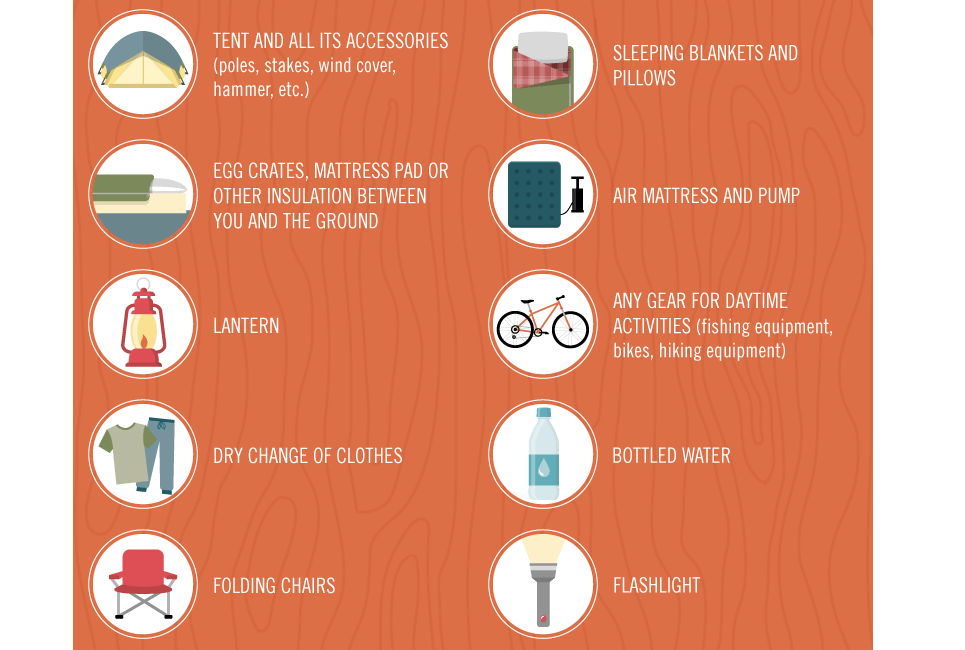Double Doors Vs Single Doors In Wall Tents
The Very Best Knot Methods For Camping Tent Man LinesThe Grasp Drawback is an easy and secure means to set tent individual lines. It's likewise a fantastic strategy for backing out a persistent tent fix. It can likewise be used to produce an adjustable tarpaulin man line where the adjustment is made at the tent/tarp end. It works in high winds as it doesn't slide.
1. Bowline
Bowline is a knot that makes a loophole at one end of a rope. It's very easy to link and unknot, and it stands up to obstructing fairly well.
It's likewise an excellent knot to utilize for joining two lines together, although it's typically suggested that you utilize a different technique (such as a sheet bend or square knot) for this purpose, to avoid having both different bowlines put on versus each other gradually and deteriorate the line.
One prospective issue with bowlines is that they can easily jam or bind if the working end is incorrectly travelled through the bunny opening. Numerous important failings have been reported as a result of this, especially when used in climbing up applications. To aid avoid this from occurring, you can make a left-handed bowline by passing the end around the standing part of the loop as opposed to via it, as displayed in the animation below. This variant supposedly does much better and endures ring tension (a distending pressure used either side of the knot) much better than the basic bowline.
2. Grip Hitch
Making use of these grasping hitches to secure your individual lines assists you avoid the problem of your line jamming while readjusting or tightening them. They are likewise helpful when attaching a line to a things that is more challenging to reach than your standing end, such as a tree or large support item.
The Grip Drawback is a rubbing knot that can be easily changed up or down the line while slack but holds firm under load. It serves for tensioning ridgelines or person lines and for camping applications to safeguard tarps or camping tents.
To tie the Grasp Hitch, pass the working end around the standing part twice and put it under itself. To tighten up, pull on the working end to develop a bight and after that utilize the bight to secure the knot to itself. For included security, you can cover the functioning end around the standing component 3 times to enhance rubbing and protect against the drawback from sliding under load.
3. Midshipman's Hitch
Also known as the Taut Line Drawback (ABOK # 1856, p 310), Flexible Drawback, or Rigger's Hitch this knot produces an adjustable loop at the end of a rope that can be glided backwards and forwards the standing end yet still holds snugly when tightened up. It is likewise simple to untie while under load.
Ashley advises this knot for an outdoor tents individual line since outdoor camping unlike the bowline it can be connected while under tons and is less vulnerable to turning. It likewise develops an intermediate Awning Hitch that can take the initial lots while connecting the final Half Drawback
To utilize this knot wrap the working end around a things such as a post or cleat. Next pass it back toward the things via the very first Half Drawback developing a second Awning Hitch. Ultimately surface connecting the final Fifty percent Hitch and pull hard to outfit and tighten up. For additional security cover a second Midshipman's Hitch on top of the first.
4. Flexible Hold Hitch.
The Flexible Hold Hitch, additionally referred to as the Crawley Adjustable Hitch and the Adjustable Loophole Knot, is a rubbing hitch that can be conveniently moved up or down a line with slack but holds firm under lots. It is frequently used for readjusting camping tent ridge lines or tarps around camp.
This slide-and-grip knot gives great grip and is less complicated to connect than the Tautline Hitch or Midshipman's Drawback, but should not be utilized for critical applications given that it may slide when shock packed. It can be improved by including additional beginning turns to enhance the "grasp" and rubbing in slippery products.
To tie this rubbing hitch, pass the functioning end around the object, after that wrap it back along with itself and tuck completion under the second turn. Draw the working end to tighten up the knot.
